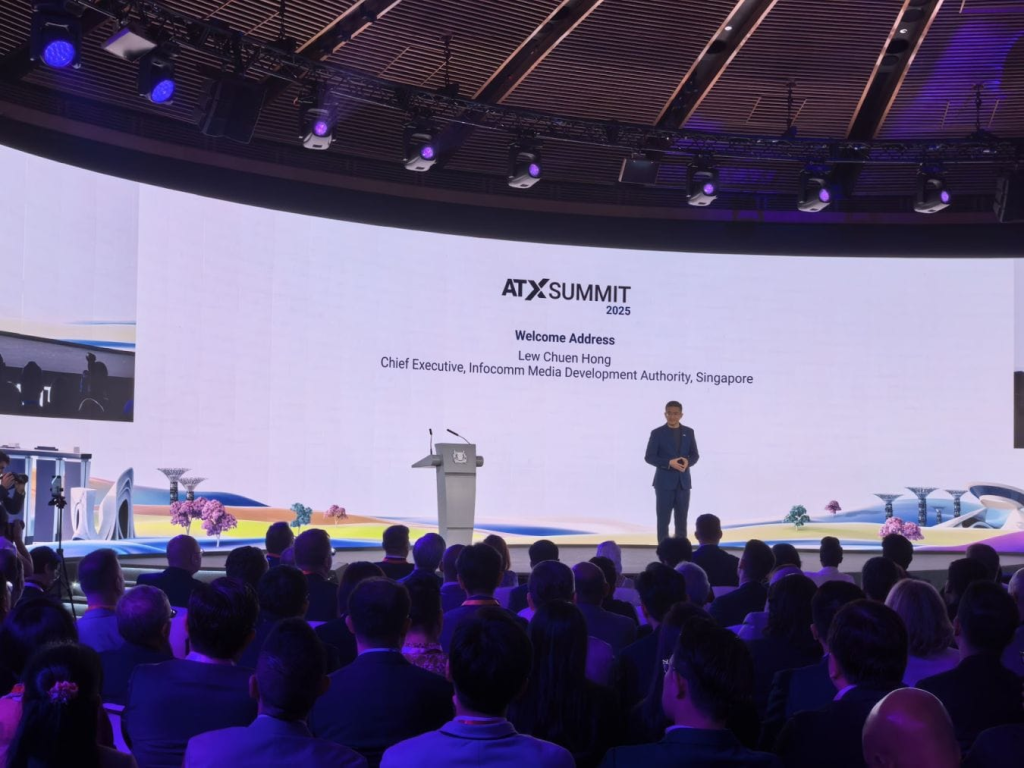 Singapore is focusing on practical and meaningful AI solutions that deliver real benefits for both citizens and industries. That much was clear at this year’s ATxSummit 2025, held at Capelle Singapore in May, where a stellar lineup of speakers from AI firms such as Mistral AI, Groq, and Cohere took the stage.
Singapore is focusing on practical and meaningful AI solutions that deliver real benefits for both citizens and industries. That much was clear at this year’s ATxSummit 2025, held at Capelle Singapore in May, where a stellar lineup of speakers from AI firms such as Mistral AI, Groq, and Cohere took the stage.
Alluding to how Singapore has looked beyond simply chasing after GPUs, Minister for Digital Development and Information, Josephine Teo, said in her opening address: “It’s not unusual at the beginning of an innovation cycle to seek to boost activity from the supply side. Some access to [GPU] capacity is clearly needed. It is, however, the demand side that needs nurturing…”
MERaLiON in action
One example of practical application is MERaLiON, or Multimodal Empathetic Reasoning and Learning in One Network. Developed by ASTAR as part of the National Multimodal LLM Programme (NMLP), MERaLiON can analyze emotional cues during spoken conversations.
MERaLiON is a multilingual AI system capable of understanding eight languages – including Singlish – making it especially suited for Singapore’s diverse linguistic environment. It goes beyond simple speech recognition, picking up on non-verbal cues such as volume, tone, and emotion. It can also handle code-switching, or the mixing of languages, which is common in everyday speech among locals.
One cited use case is in eldercare. MERaLiON can autonomously call seniors to remind them to take their medication or simply check in on their well-being. During these calls, it analyzes tone and dialogue for emotional cues such as sadness or anger—signals that may indicate the need for human follow-up. After each interaction, it generates a summary highlighting the senior’s condition and any specific needs, helping social workers respond more effectively.
This isn’t just theory. A local firm, Axiom IT Solutions, is already using MERaLiON to develop new AI applications, and is understood to be in talks with a social service agency to deploy the AI chatbot for eldercare.
Practical AI for the enterprise
In a panel discussion, Mistral AI’s Arthur Mensch and Grab’s Suthen Thomas Paradatheth shared practical advice for enterprises looking to deploy AI effectively.
“To change the enterprise, you need to identify processes that you can replace with more automation. You need to think not only at the individual level, but at the organization level,” said Mensch, emphasizing the importance of strategic integration.
“AI works really best when it’s paired with wisdom… ultimately, AI is a tool. There’s a customer at the end. Why are you using this to create impact for them or for the business?” said Paradatheth.
Ultimately, the belief is that the era of ever-larger AI models trained on massive supercomputers is reaching its limits. “DeepSeek provided a very good lesson to the market, which is, [going] bigger, scaling up, training a model on a larger supercomputer, that era is ending. It’s starting to deliver diminishing returns,” said Cohere’s Aidan Gomez.
The takeaway, increasingly echoed across the industry, is that raw scale alone is no longer enough – future progress will hinge on smarter architectures, better training methods, and models that reason more efficiently rather than just grow in size.
Image credit: Paul Mah

